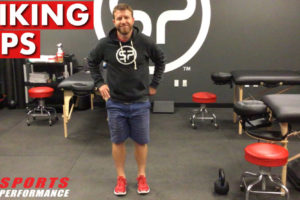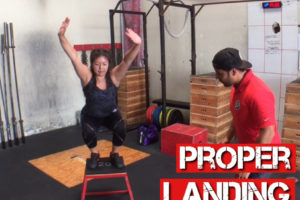Alright, I’m here to speak about arthritis. This is a very vague term, as there are many different types of arthritis. Specifically, I am speaking about joint osteoarthritis, which is the medical term for the wearing down of the cartilage at the end of your bones. It is commonly referred to as degenerative joint disease (DJD) or, my favorite, bone on bone arthritis. These are very scary terms and often pointed out on your X-Ray by a medical professional that can actually increase your pain, create fear of movement and foster a sense of helplessness and despair. Something like, “Well it’s bone on bone, I can’t move for fear of making it worse, there is nothing I can do to improve it because the damage is so bad and it’s gone on so long”. But this is a completely false belief. Something can be done and you have the power to effect change.
Something can be done and you have the power to effect change.
Signs and symptoms of arthritis are:
- Joint stiffness
- Worse in the morning
- Improves with movement
- Achy at the end of the day
- Joint pain increases with weight bearing
- Loss of joint range of motion
Does your knee feel like this?
Risk factors for arthritis are:
- Inactivity
- Obesity
- Age
- Genetics
So, what can be done?? Most studies show that despite how severe your image may look, it does not always correlate with your pain. Coincidentally, most studies show that movement and strength training in general will decrease pain and increase function in people who show signs of arthritis. What does that mean? You can work on your joints’ range of motion and the strength of the muscles surrounding the joint; and this will help improve your function and decrease your pain.
Coincidentally, most studies show that movement and strength training in general will decrease pain and increase function in people who show signs of arthritis.
What should you do?
- Spend time going through your problem joints’ range of motion
- Begin a resistance training program to build strength to help support that joint
Begin a conditioning program to improve total function and the joints around your problem child joint. Starting a general strength program can be very intimidating. One thing I would advise, if you haven’t been into the gym in a long time or never at all, is getting a good strength and conditioning professional to help you out. A good strength and conditioning specialist can help make sure:
-
- Your movement is appropriate to decrease risk of injury and safe to load
- Progress strength and conditioning intelligently
- Modify exercises and/or ranges of motion for pain modulation
- Provide external motivation
- Help you reach your goals
Arthritis can be normal wear and tear on your body.
All in all, if you take anything away from this, it’s that arthritis isn’t the death sentence that we used to think it was. Arthritis can be normal wear and tear on your body. There are things you can do to slow the progression of it and to help you feel less pain. If you need help, reach out to your local physical therapists who can help guide you on this path back to moving and feeling better.
-Dr. Nick Schroeder, PT, DPT
For more tips on optimizing athletic performance FOLLOW US on:
- Instagram: http://www.instagram.com/SportsPerformancePT
- Facebook: http://www.facebook.com/SportsPerformancePT
- YouTube: http://www.youtube.com/c/SportsPerformancePT










